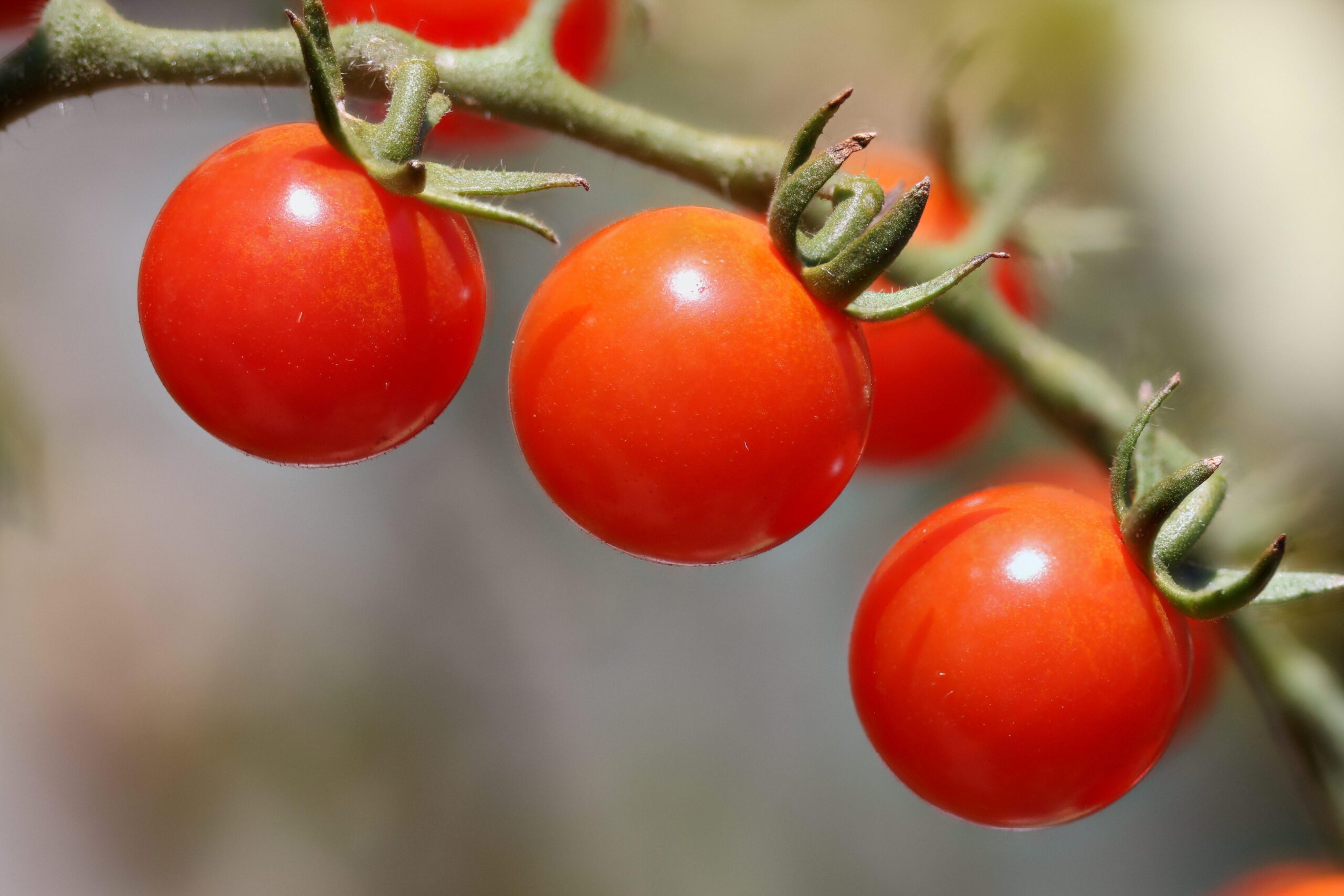By Lynda Kiernan, Global AgInvesting Media
Boston-based robotic agtech startup Root AI announced the successful raising of $7.2 million in Seed funding, bringing the company’s total funding to-date to $9.5 million.
The oversubscribed round was backed by both new and existing investors including Rob May, general partner, PJC; Josh Kopelman, partner, First Round Capital; angel investor Jason Calacanis; Austin McChord, managing director, Outsiders Fund; venture capital investor Accomplice; and AgFunder.
Often when discussing agricultural production and agtech innovation, the conversation focuses on the challenges associated with factors such as crop yields, inputs, and climate change – all valid and important considerations. These topics of study and development are also largely quantifiable (which is a very good thing) however, labor issues are also a more nebulous, but critical pain point in the food production process.
Challenges in relation to labor issues have only been compounded and magnified by COVID-19, as the pandemic has posed a significant threat to farm workers, and agricultural processing employees, and affected the H2A visa process in the U.S.
These current conditions present a landscape primed for the technology being developed by Root AI that envisions a future where “hyper efficient indoor farms will grow delicious and chemical-free produce”.
Founded by Josh Lessing and Ryan Knopf in 2018, Root AI brings together AI, computer vision, and patent pending technology to create Virgo – a robot that the company states is the “world’s first robot ever to replicate a person’s ability to harvest multiple crops,” having the dexterity to harvest a range of crops from cucumbers to strawberries, and tomatoes.
“We wanted to build a robot that replicated a lot of the dexterity and strategy that a human applies when touching, interacting with, caring for plants, and have that in the form of a robotic system,” Lessing told BostInno.
“Beyond that, farmers could use the artificial intelligence on the platform to start driving a lot more insights on the farm, so that every single system out in the field was the eyes and ears of the master grower. We can actually start driving better outcomes that bring more wealth to farmers, more food in the supply chain and more food delivered on a lower input, so it’s better for the environment.”
To-date, Root AI has carried out trials in California, New York, Maine, Ohio, Canada, and the Netherlands, and with the capital from this round the company intends to accelerate its mission to leverage digitization and automation to drive a new disruption in agricultural production.
The company will be beginning to expand its technology and field operations teams, and to accelerate scaling in order to meet its goal for the coming 12 months – namely, to see Virgo deployed across North America, followed by Europe, according to Lessing.
“The first commercial units will focus on tomato harvesting,” Lessing told TechCrunch, “with future software updates planned to unlock new crops.”
For indoor agriculture operations, Virgo can run on tracks between rows of crops, using computer vision and motion sensing to “see” in 3-D, allowing the robot to navigate vines, plants, and unripe fruit or vegetables to pick only ripe items. Root AI is even working to create solutions that would enable its robots to learn as it works, and then share this knowledge with other robots in the fleet.
“We need to go beyond computer vision that finds fruit in three-dimensional space, said Lessing. “We do that, but on top, we have a layer of computer perception that then plans how to go about grasping that fruit.”
“How do I navigate through the environment and then land my fingers on that target to effectively pick it? To move with authority, the same way people look at an object that they want to pick, the mind needs to create a plan.”
Technological applications for indoor agriculture have advanced by leaps and bounds over the past five years, not only increasing efficiency and productivity, but lowering costs of production too. These technologies include robotics, but also LED lighting, depth sensors, and cloud-enabled model training, according to Tech Republic, that goes on to note that these advances have brought the industry to the cusp of “sustainable, decentralized food networks, despite human labor shortages.”
“People need healthcare, they need housing, they need food,” said Lessing. “At Root, we are focused on solving one of those problems: food. And if we can build the automated food infrastructure that the world needs, we will have forever solved one of humanity’s biggest challenges.”
– Lynda Kiernan is editor with GAI Media, and is managing editor and daily contributor for Global AgInvesting’s AgInvesting Weekly News and Agtech Intel News, and HighQuest Group’s Oilseed & Grain News. She is also a contributor to the GAI Gazette. She can be reached at lkiernan@globalaginvesting.com

